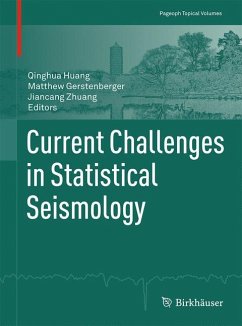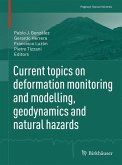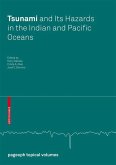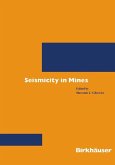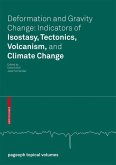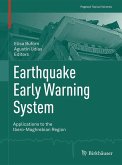Thisspecial issue emerged following the 2013 8th International StatisticalSeismology (StatSei8) workshop in Beijing. The articles within have beencollected to report on exciting new research in statistical seismology methodsand applications; it contains a collection of the newest methods, techniquesand results related to statistical analysis of earthquake occurrence andearthquake probability forecasting. The articles within ultimately help todefine future research directions in the field. Especially, the rapiddevelopment of observation technologies has brought geophysical research intothe big-data era. This includes not only non-seismicity geophysical data, suchas GPS observation on surface displacement, InSAR observation of the co-seismicdeformation, ionospheric observations, etc., but also extended seismologicaldata including slow earthquakes, tremor, and VLF earthquakes.
The subjectof statistical seismology bridges the gap between physical and statisticalmodels. Many significant achievements have been accomplished during the lastseveral decades, including formulation of conditional intensity models forquantifying seismicity rates, earthquake probability forecasts, and theoriesrelated to rigorous testing of forecast models.
The subjectof statistical seismology bridges the gap between physical and statisticalmodels. Many significant achievements have been accomplished during the lastseveral decades, including formulation of conditional intensity models forquantifying seismicity rates, earthquake probability forecasts, and theoriesrelated to rigorous testing of forecast models.

